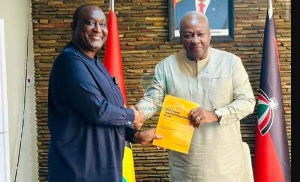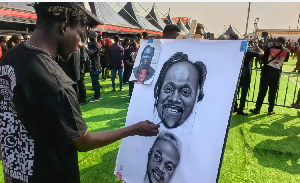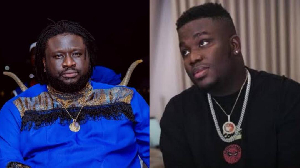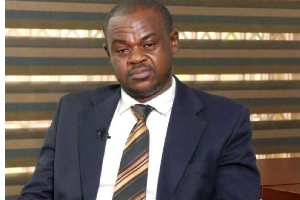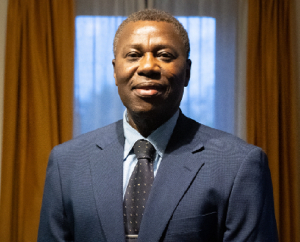Austalian football has undergone a bit of a renaissance, after qualification for the second straight World Cup, a feat made more remarkable by the fact that the Socceroos' appearance at the 2006 World Cup was Australia's first since 1974. Clearly the appointment of Guus Hiddink revitalized football interest in a country where the most popular sports are cricket and rugby and the likes of Ashes heroes Ricky Ponting and Shane Warne were more popular than Tim Cahill and Harry Kewell amongst others. Remarkably, until 2005 when Australia qualified for Germany 2006, football did not attract any sponsorship, so when it eventually happened, via penalty shoot out against South American powerhouse Uruguay, the whole nation went crazy. For the first time in years, sports fans now had something other than the annual Ashes Test Series against England to look forward to.
The Socceroos did not do badly in Germany either. After making through to the second round for the first time ever, Australia were on the verge of taking Italy to extra time when a disputed penalty was awarded to the Azzuri for a trip on Fabio Grosso by Lucas Neill. Even though Australia's campaign finished at that point, they had won new friends with their never-say-die approach to football and then further revolution followed. After intense lobbying, Australia was invited to join the Asian Football Confederation, a move which was ratified by FIFA and came into effect in 2006. This meant that Australia's qualification route for South Africa 2010 would be a different one. After Hiddink left to take over the Russian team, Graeme Arnold held the fort and led the team to its first ever Asian Championships in 2007. Even though Australia was regarded as one of the favorites for the tournament, the Socceroos were eliminated at the quarterfinal stages on penalties by Japan. Pim Verbeek, who assisted Guus Hiddink in taking South Korea to the 2002 World semifinals was then appointed the new head coach in December 2007 and immediately set about planning for the World Cup qualifying campaign.
Verbeek also assisted Dick Advocaat in coaching the South Korean side during Germany 2006 and became full time coach for the Koreans until July 2007, when he quit to take a temporary break from football. Clearly Football Federation Australia (FFA) officials felt that, having cut his coaching teeth with South Korea, he was the man to take them to the promised land.
Fortunately for Verbeek, the only key player he lost to retirement was former captain Mark Viduka, meaning that the bulk of the 2006 World Cup squad was available to him. He went in with an approach that rather focused on getting results than on performance, with a lot of emphasis on physical fitness, speed and wing play. He employed a system where two holding midfielders are employed to screen the back four, with the full backs encouraged to go forward and supply crosses, as well as a lone striker upfront, who would have support from an attacking midfielder in the ‘hole’ plus two lateral forwards.
Midfielders Scott Chipperfield (Basel) and Jason Culina (Gold Coast United) were most of the time employed as wing backs to great effect, Mark Milligan and David Carney provided cover for Culina and Chipperfield respectively, with new captain Lucas Neill marshalling the back four alongside old hand Craig Moore. After Moore was diagnosed with testicular cancer, the likes of Michael Beauchamp and Chris Coyne stepped up to the plate and with Moore now cleared to resume playing, Australia now have an embarrassment of riches in central defence.
Behind the back four is Mark Schwarzer, whose move to Fulham after eleven years at Middlesbrough seems to have reinvigorated his career. Viewed as one of the world’s top goalkeepers, he was always going to be crucial to Verbeek in the qualifiers and so it proved.
Two holding midfielders were employed to shield the defence and in this case, the likes of Vince Grella, Carl Valeri, Luke Wilshere and Mile Jedinak were employed for these roles. Mark Bresciano ,Harry Kewell, Brett Emerton and Mile Stejovski competed for the lateral attacking roles, with Tim Cahill occupying the attacking role behind the sole striker, a choice from Joshua Kennedy, Celtic’s Scott MacDonald, AZ Alkmaar’s Brett Holman and Bruce Djite.
The system employed meant that goals were scored by most of the players in the team, but Australia’s biggest threat comes from corner kicks and set-pieces. Tim Cahill scores goals for fun from headers and notched three times to become joint top scorer in the Asian qualifiers.
Australia looked unspectacular in qualifying and indeed, despite qualification for the World Cup, Verbeek has at times been criticized for playing boring football. His response is that his methods have taken the Socceroos to South Africa. Pace and power will be vital weapons they would use and a lot of craft will be needed to break down the defense. Australia will also be heartened by the fact that in two friendly games against Ghana over the last three years have yielded a draw and a win, plus the fact that Ghana’s last win over the Aussies took place fourteen years ago. The advantage for Ghana is that Australia may use pace down the wings, but are otherwise slow in building up a move, and an interesting battle could emerge between Basel team-mates Samuel Inkoom and Scott Chipperfield, who could be marking each other when the Black Stars play against the Soccerros on June 19th 2010 in Rustenburg at 3pm Ghana time
Sports Features of Thursday, 10 December 2009
Source: Opoku, Christopher


